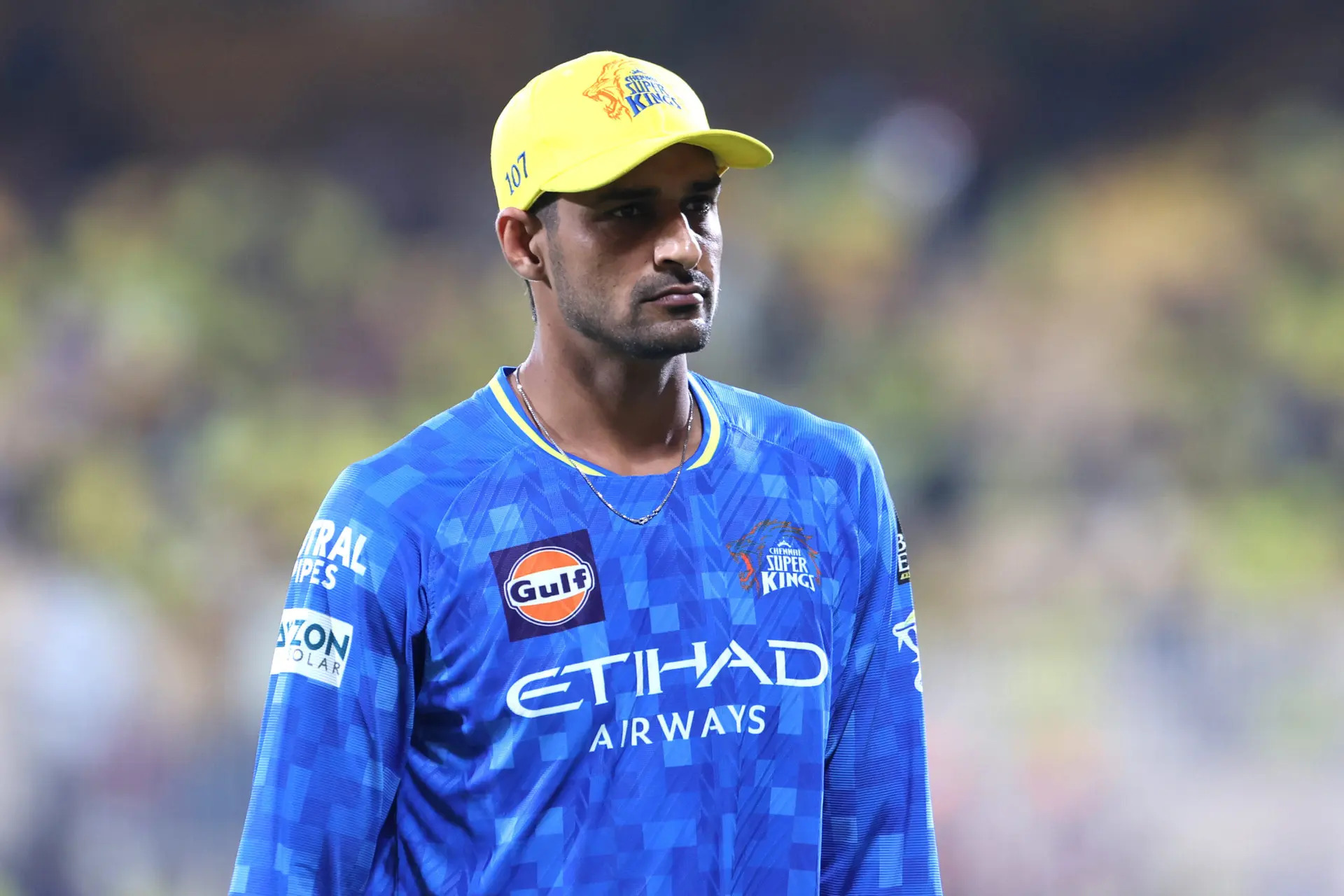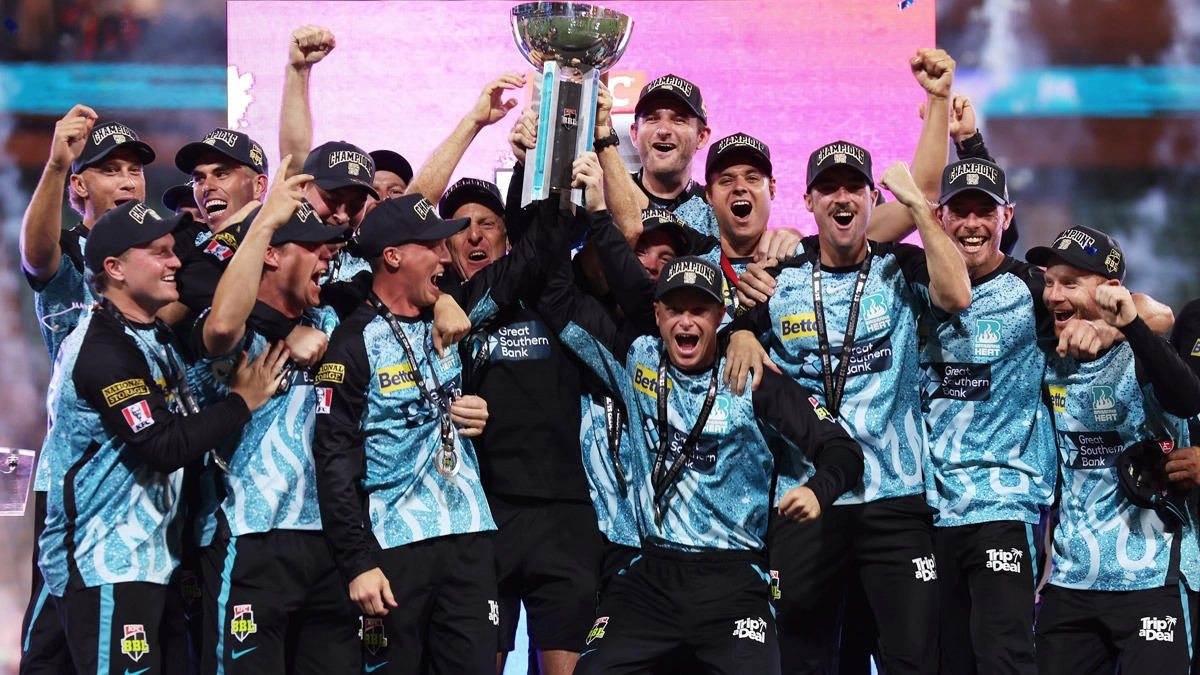The ‘average’ grade given to the pitches in Chennai and Ahmedabad has angered India’s cricket team’s head coach, Rahul Dravid, who has made this clear. Notably, these rankings were granted by the International Cricket Council (ICC), the sport of cricket’s highest authority, for India’s matches against Pakistan and Australia that were part of the ongoing ODI World Cup 2023. One-day international (ODI) pitches, according to Dravid, who is recognized for his expertise in the game of cricket, should not only be used to play games with great scoring potential but also to display a variety of talents.
The Wall’s criticism came after the ICC’s pitch and outfield ratings were made public, which labeled the Chennai and Ahmedabad surfaces as “average.” Dravid politely disagreed with the rating despite the fact that India’s spinners caused mayhem and kept both Australia and Pakistan to under 200 runs in both games.
The average rating provided for those two wickets is something that I respectfully disagree with. I consider them to be solid wickets. Dravid was cited by Cricbuzz as stating, “Maybe I will answer this in English because I might get myself into trouble by saying something,” prior to India’s game against New Zealand, which would be played in Dharamsala.
The ex-Indian cricketer disputed the idea that high-scoring games are the only sign of a good surface. Rahul Dravid said that it’s crucial to value a variety of cricketing abilities rather than only concentrating on boundaries and sixes, like spin bowling, strike rotation, and efficient batting. In a long event like the World Cup, he emphasized that responding to various conditions is essential, and standardizing pitches to favor batters would diminish the importance of bowlers.
“I disagree with it because I believe that all skills, including the capacity to rotation strike through the middle, should be on display. Check out how Virat Kohli and KL Rahul batted against Australia to see how well Ravindra Jadeja, Mitchell Santner, Adam Zampa, and Kane Williamson rotate the strike through the middle. Both of those are skills. The Indian head coach went on to say that those must also be displayed and brought out.
Rotating the strike in the middle overs wasn’t necessarily a very difficult talent on some of the wickets, even when we played them in Delhi and Pune, to be honest. The goal of the competition was to score the most fours and sixes. Therefore, in my humble view, there are other ways to evaluate wickets. I believe we need a better system for determining what is good and average,” Dravid continued.
Rahul Dravid confronts the International Cricket Council (ICC) regarding the ‘excellent’ ratings given to Australian fields during the T20I World Cup.
Rahul Dravid also cited instances of T20 matches played on difficult surfaces as evidence for his points, including Perth, where India scored only 133 due to bounce and seam movement, and the ICC T20 World Cup final between Pakistan and England, played on a surface that only produced 130 runs. certain pitches were rated “good” despite the lower ratings, showing that many skills are put to use in certain circumstances.
In essence, Dravid supports a variety of surfaces that test players and foster a wide range of cricketing abilities. A “one-size-fits-all” approach to pitches, in his opinion, prevents the evolution and development of the sport by emphasizing some skills while ignoring others.

![[WATCH] Virat Kohli’s India return fuels buzz around possible Lionel Messi meet 2 [WATCH] Virat Kohli’s India return fuels buzz around possible Lionel Messi meet](https://cricketmood.in/wp-content/uploads/2025/12/1765633245912_Kohli-x-Messi-1.webp)




